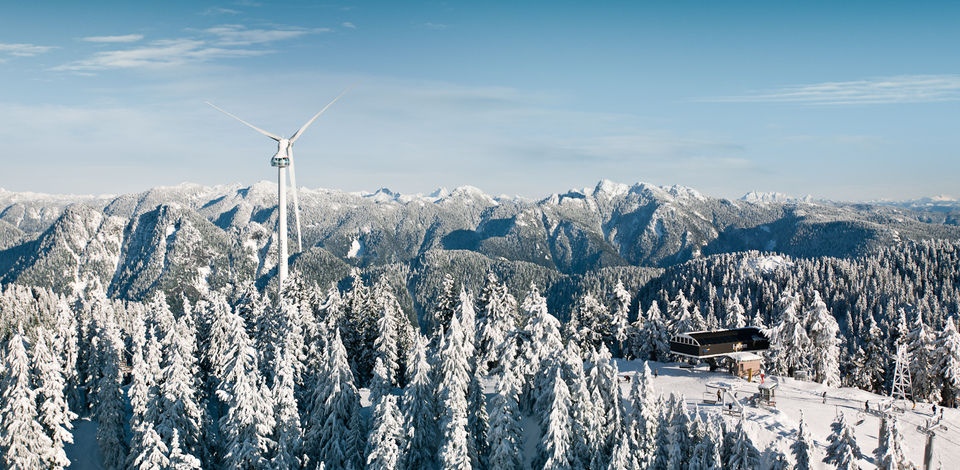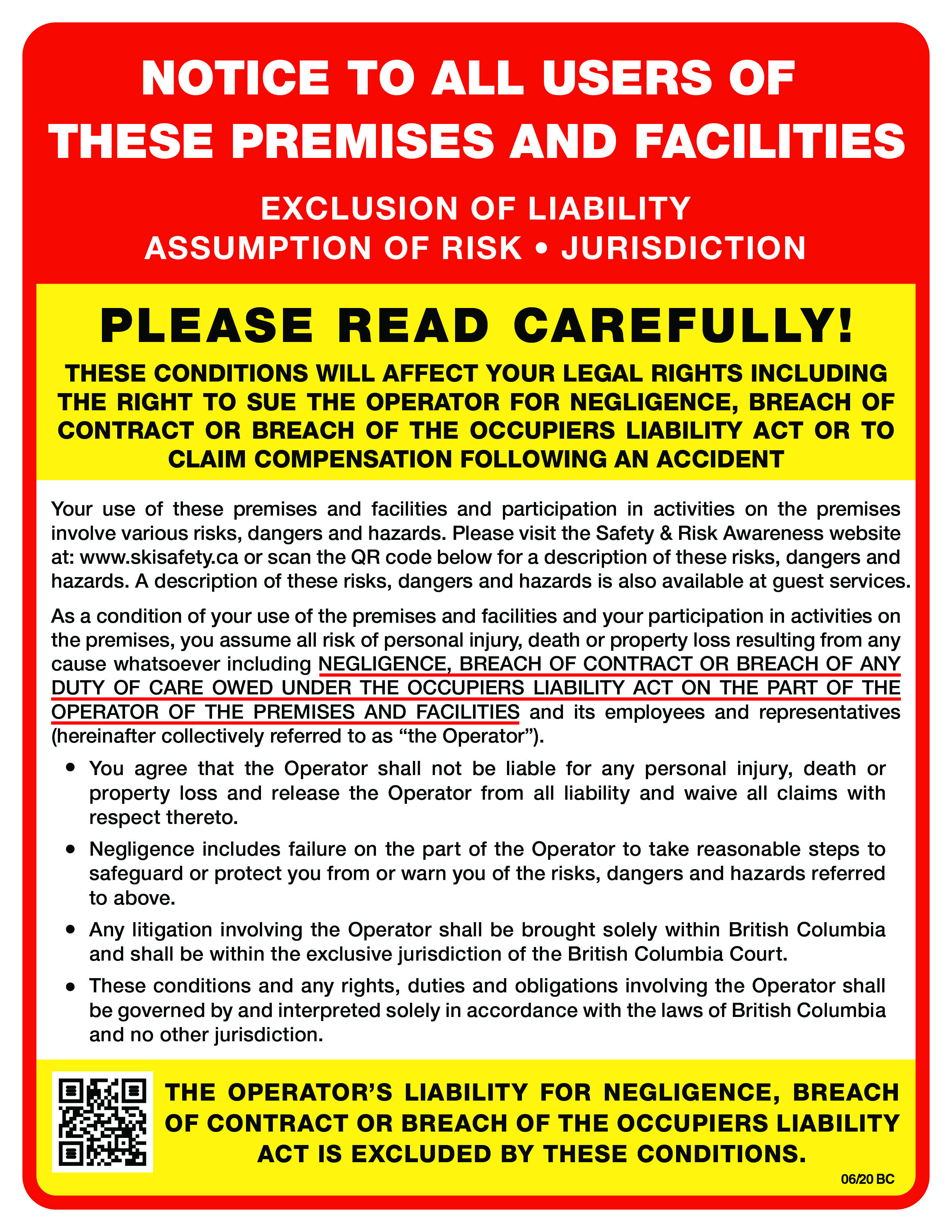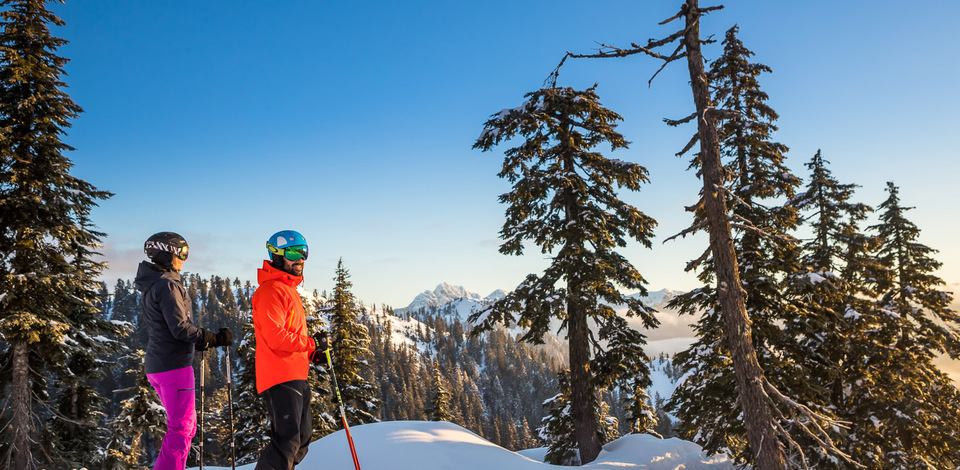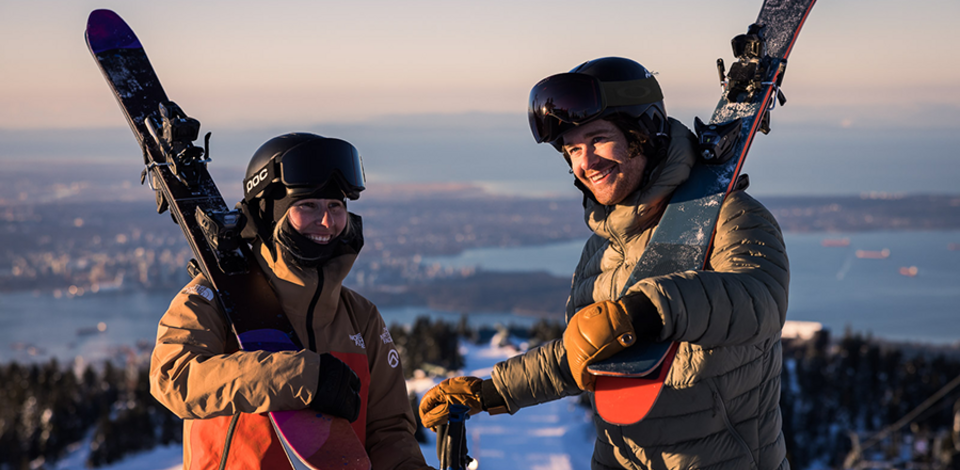Winter Safety
Grouse Mountain is your destination for winter adventure. In addition to first-class skiing and snowboarding, a full range of winter activities including snowshoeing, skating, sleigh rides and more await you at The Peak of Vancouver.
Skiing, snowboarding and other activities that take place at ski areas involve the risk of injury. The information contained in the Safety and Risk Awareness section of this website is to inform you of the risks, dangers and hazards that you may encounter at a ski area and help you to stay safe while enjoying these activities. Whether you are a participant in these activities or a parent/guardian of a minor participant, please take the time to familiarize yourself with Grouse Mountain's Safety and Risk Awareness information.





